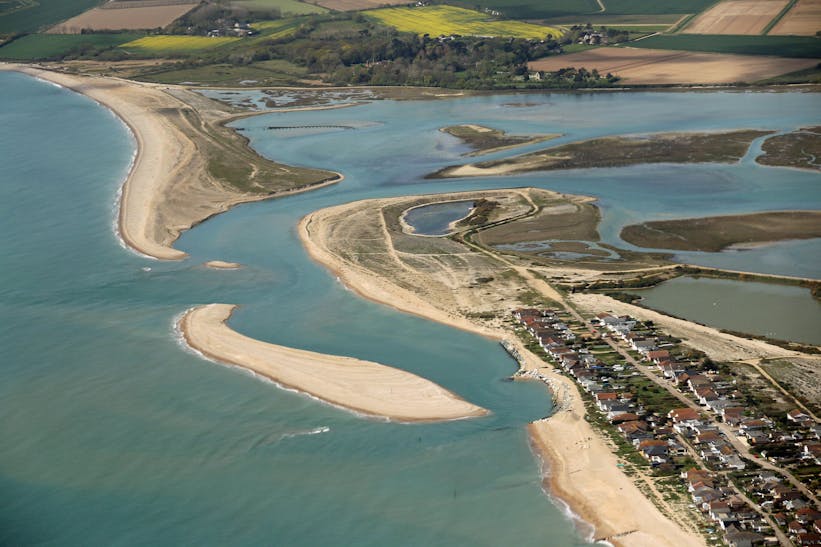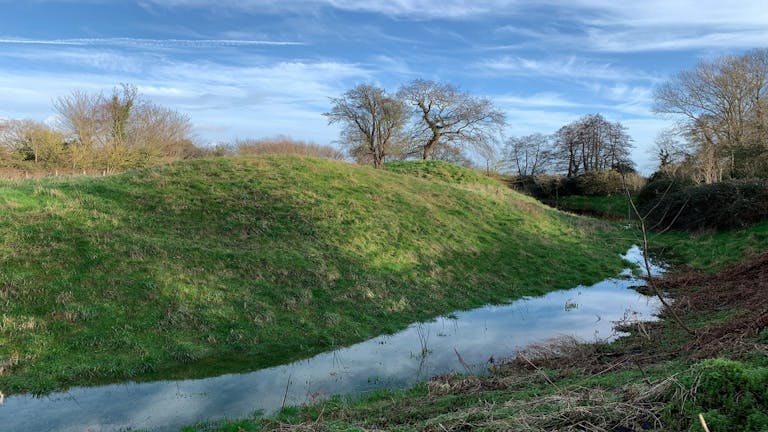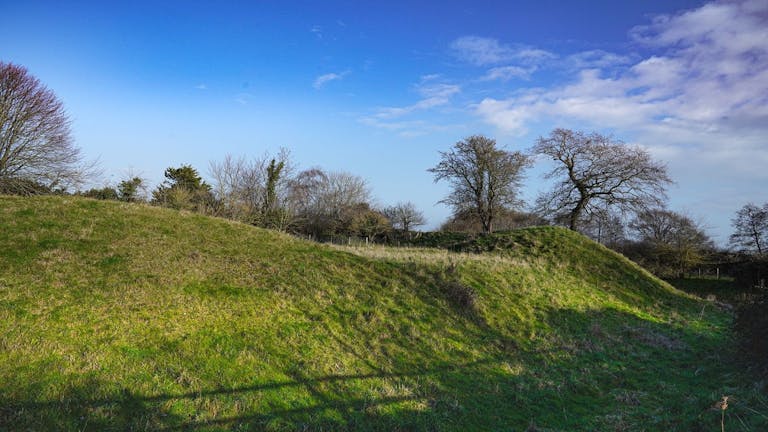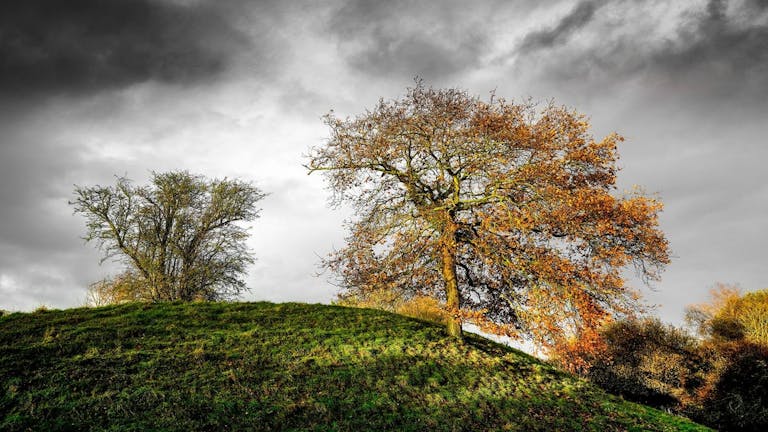The Mound at Church Norton
The mound at Church Norton has been described as an Early British earth work, a Roman Camp and Norman Fort.

Pagham Harbour in the vicinity of the mound, was a primary southern England port during Roman times.
Elizabethan records from surveys of the south coast, in preparation for the Spanish Armada, show the harbour was capable of taking galleons during Tudor times, unlike todays shallow waters.
This would have made Church Norton the perfect position to build an encampment and fort to protect the harbour.


The height of the mound from the bottom of the trench to the top ridge is approximately 11.5m.
Its moat-like ditch varies in width from just over 7.5m to just over 12m at its widest point and is 2m deep.
Excavation of the mound was conducted in 1911 and it was found to be manmade.
Red Roman cement holds together a platform of blocks of limestone in the centre. The ground surrounding the platform is formed of shingle mixed with lime mortar suggesting that a building of importance stood on it. In addition, fragments of Roman bricks and roofing tiles were also found.

There were just enough Roman finds to suggest it is likely that a look-out station existed on this site. Evidence of an actual defensive fort were lacking.
The excavators appear to have discovered late Saxon/early Norman foundations of a structure. It is widely believed that this mound would have held a square stone tower functioning as a keep or gate house as it exists on one side of the ringwork.
Earth to the east of the main platform was found to contain the bones and teeth of domestic animals, chickens, pottery fragments from the Roman and Medieval period alongside quantities of oyster and other shells. This indicates the existence of a kitchen midden – a prehistoric rubbish heap.


The excavation also found pottery from the Iron Age and Neolithic or Early Iron Age ornamentally worked flints; meaning that this area was utilised for settlement throughout the centuries.
Today the mound stands as an exalted structure; awaiting further investigation and future histories to be penned.

